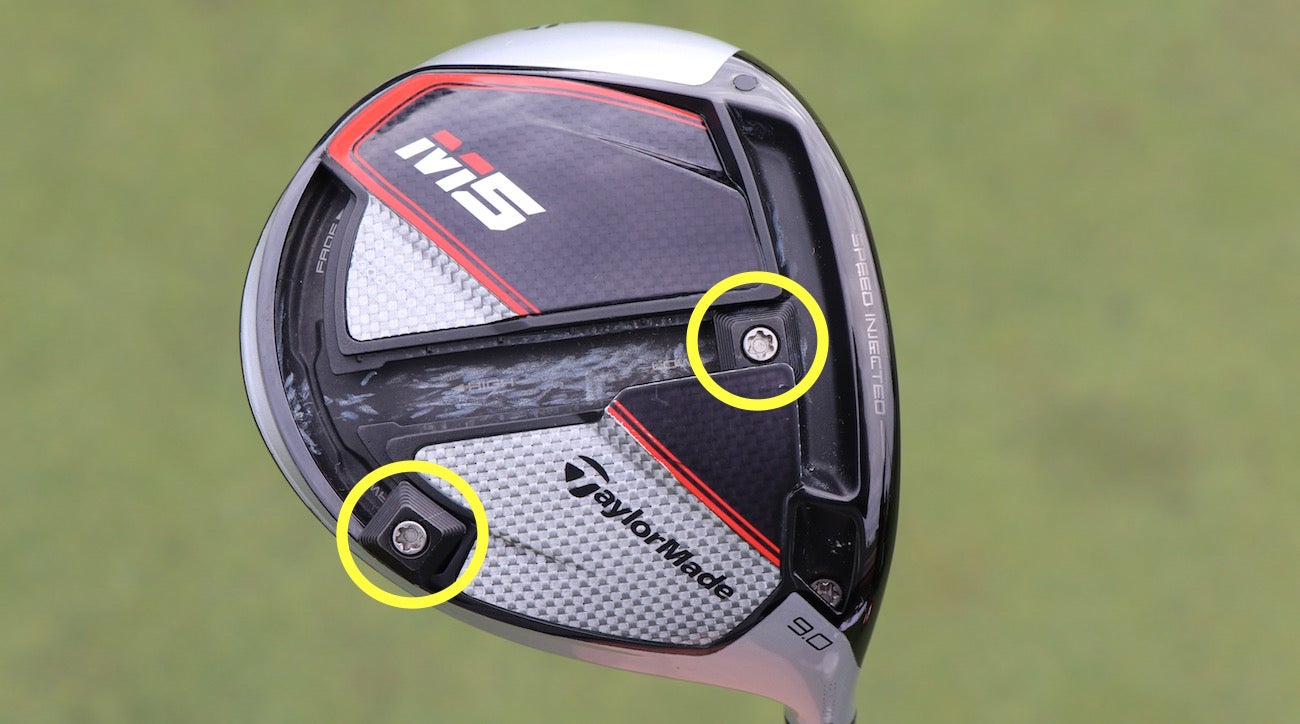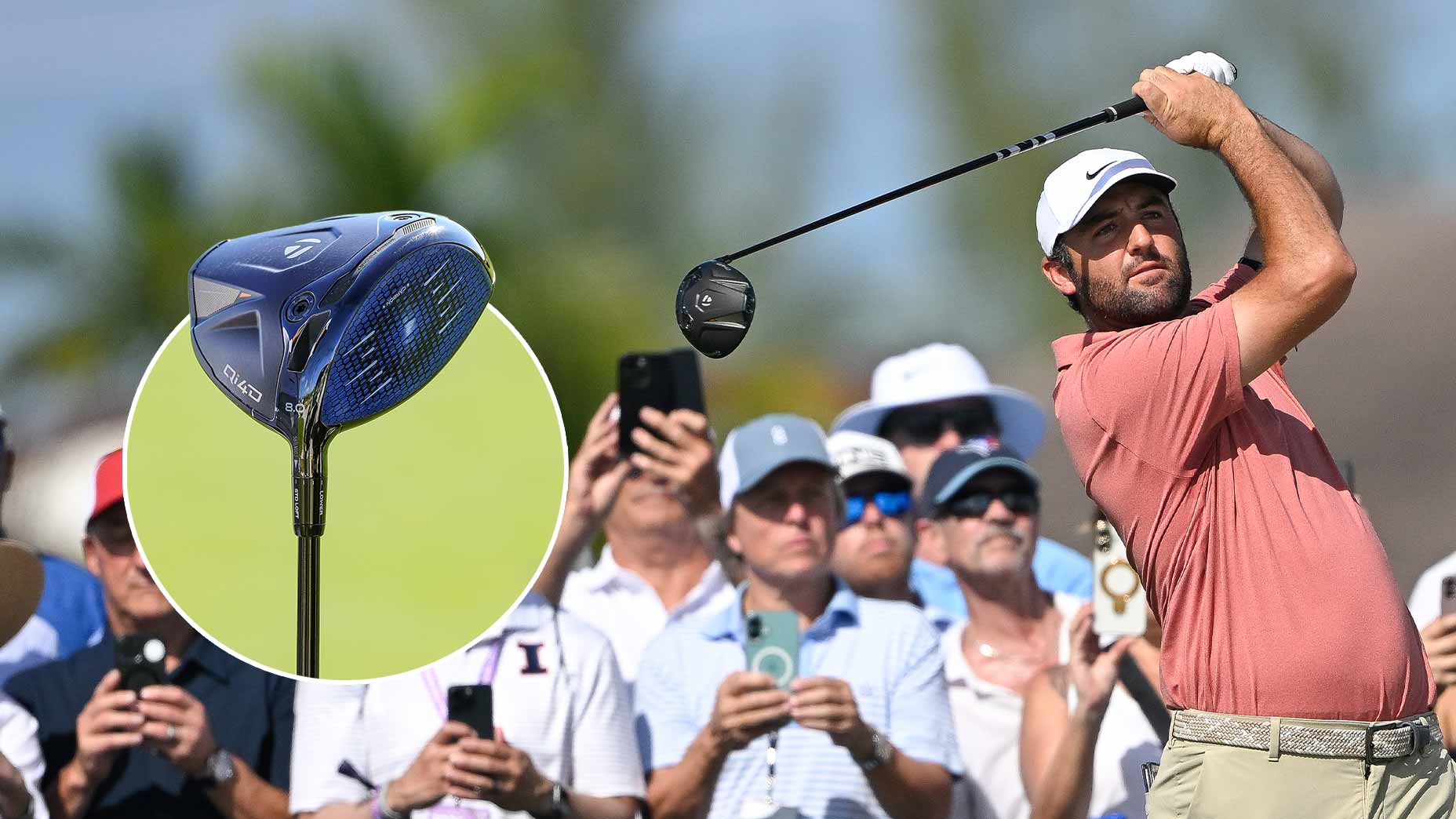 What makes Aretera’s latest shaft a ‘level up?’ | Fully Equipped
What makes Aretera’s latest shaft a ‘level up?’ | Fully Equipped
Gear 101: What is “CG” of a golf club and why does it matter?

When it comes to golf club technology, the term “center of gravity” — “CG” or “CoG” for short — gets thrown around quite a bit, but it isn’t often explained to the average golf consumer.
While CG may seem like marketing speak based on how frequently golf club companies mention the term, CG is actually incredibly important when it comes to performance and feel. Where CG is located on a golf club influences launch, spin, feel, sound, forgiveness, how a shaft performs in conjunction with the club head, and so much more.
“CG is probably the most important contributing factor to performance that people don’t understand, and it isn’t visible to the naked eye,” says Tim Briand, Senior Vice President of GOLF.com’s sister company True Spec Golf.
Essentially, CG is the point at which an object (in this case a golf club head) is perfectly balanced. The CG of a golf club head is typically very close to the center of the head, as you’d expect, but the exact CG location is extremely important. Any minute changes in CG can have a drastic effect on performance.
Here are some basic rules of CG as they relate to golf clubs and performance at impact:
- CG Forward (toward the face) will lower launch and spin, and generally make the club play a bit less forgiving.
- CG Back (away from the face) will increase launch and spin, and generally make the club play more forgiving.
- CG High (toward the top of the club head) will cause the ball to launch lower and spin more.
- CG Low (toward the bottom of the club head) will cause the ball to launch higher and spin less.
When it comes to drivers, a low CG design has proven effective for almost all golfers, and most modern driver companies in 2020 have very low CG designs. The challenge for golfers is to determine whether a low-forward CG design or a low-rearward design is better for their game. Generally speaking, better golfers who want spin and launch down will benefit from low-forward designs, while golfers who need more height and forgiveness will opt for low-rearward designs.
Some drivers also come with CG adjustability by way of sliding or otherwise adjustable weights. These weights allow for minute changes to CG; for a more in-depth guide on where to apply weight based on your game, click here.
CG location for irons can vary drastically depending on the intended consumer, which ranges from Tour players to game-improvement golfers. In the most general sense possible, golfers require low CG for long irons in order to launch them high, and progressively higher CGs in their short irons to launch them low with more spin and control. Game-improvement irons typically have lower and more rearward CGs throughout an iron set, while players irons have higher and more forward CG locations for greater workability.
CG location also influences performance on wedges and putters, too. As we’ve seen in recent years, many wedge companies are implementing progressive CG locations, with CG getting higher as loft increases. That’s because lower-lofted wedges (46-54 degrees) are played more often on full shots where higher launch is beneficial, and higher-lofted wedges (56-60 degrees) are used on shots where lower launch and higher spin is important for control.
CG is also closely related to MOI (moment of inertia), which we’ll cover in-depth on the next installment of Gear 101.
It’s incredibly important to consult with an expert fitter to help determine what golf clubs match your game and preferences. The sheer amount of options on the market can be overwhelming for anyone.
To hear more gear insights from Jonathan Wall and True Spec’s Tim Briand, subscribe and listen each week to GOLF’s Fully Equipped podcast: iTunes | SoundCloud | Spotify | Stitcher
ADVERTISEMENT




